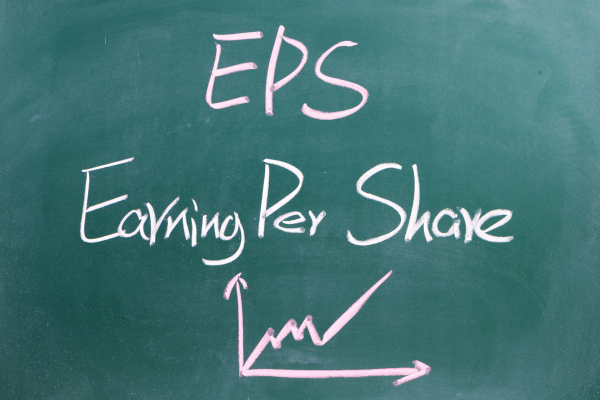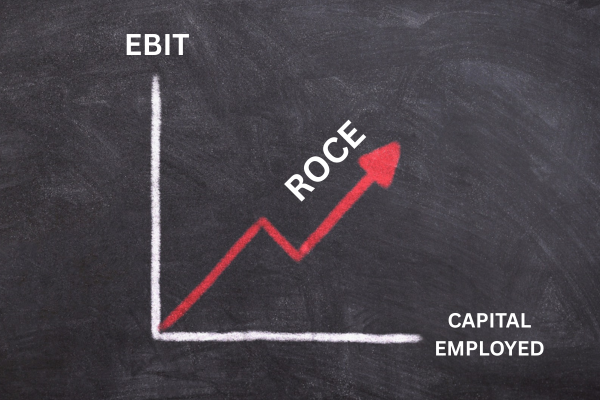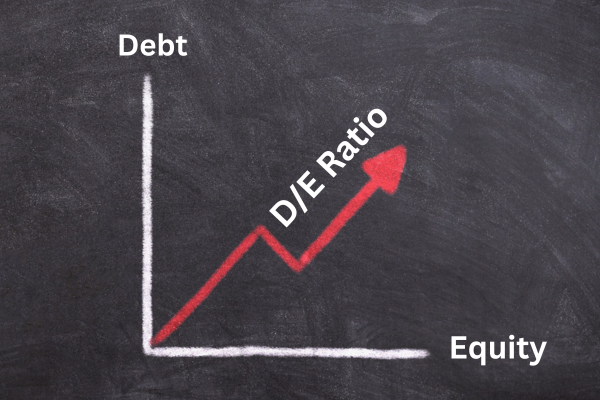Earning Per Share (EPS) is one of the most commonly used metrics in financial analysis and stock market investing. It represents the portion of a company’s net earnings allocated to each outstanding share of common stock. By indicating how profitable a company is on a per-share basis, EPS provides a clear measure of performance for investors. Whether you’re analyzing quarterly reports or comparing stocks across sectors, understanding Earning Per Share helps you gauge a company’s true earning power. Before diving into ratios and formulas, it’s crucial to grasp what EPS tells you and why it matters in stock evaluation.
Table of Contents
What Is Earning Per Share (EPS)?

Earning Per Share (EPS) is a financial ratio that measures the portion of a company’s profit allocated to each outstanding share of common stock. It’s a straightforward yet powerful metric that tells you how profitable a company is on a per-share basis.
Why Is Earning Per Share Important in Stock Analysis?
EPS is important in stock analysis because:
- It reflects a company’s profitability.
- It is used to calculate the P/E ratio, which shows how much investors are willing to pay for a company’s earnings.
- It helps compare companies within the same industry.
- It indicates the potential for dividend payments.
- It gives a signal about the financial health of a company.
Formula to Calculate Earning Per Share
The most common formula to calculate Earning Per Share is:
EPS = (Net Income - Preferred Dividends) / Weighted Average Shares Outstanding1. Net Income
This is the company’s total profit after all expenses, taxes, and interest have been deducted from total revenue. This figure is found at the bottom of the income statement.
2. Preferred Dividends
These are the dividends that must be paid to preferred shareholders before any earnings can go to common shareholders. Subtracting them gives a clearer picture of what’s available to common shareholders.
3. Weighted Average Shares Outstanding
This accounts for changes in the number of shares throughout the reporting period due to stock splits, buybacks, or new issuances.
Example of Earning Per Share Calculation
Let’s say a company has:
- Net Income: ₹50,00,000
- Preferred Dividends: ₹5,00,000
- Weighted Average Shares Outstanding: 10,00,000 shares
Using the formula:
EPS = (₹50,00,000 - ₹5,00,000) / 10,00,000 = ₹45 per shareThis means each share earned ₹45 in that financial year.
Types of Earning Per Share
There are two main types of EPS:
- Basic EPS – It uses the straightforward formula mentioned above.
- Diluted EPS – It includes the effect of all potential shares like stock options, convertible securities, etc.
Earning Per Share vs. Dividends
EPS and dividends are related but not the same. While EPS tells you how much a company is earning per share, dividends tell you how much of those earnings are distributed to shareholders. A company can have high EPS but may reinvest the profit instead of paying it out.
How to Interpret Earning Per Share
- Rising EPS over time usually signals good management and growing profits.
- Falling EPS can be a warning sign of declining profitability.
- Consistent EPS suggests stable operations.
- Comparing EPS across companies helps identify better investment opportunities.
Limitations of Earning Per Share
- It doesn’t consider the company’s debt.
- It can be manipulated through share buybacks.
- It does not reflect cash flow.
- It may be distorted by one-time events.
How to Use Earning Per Share in Stock Analysis

- Compare Across Time – Look at a company’s EPS over several quarters or years.
- Industry Benchmarking – Compare EPS with other companies in the same industry.
- Combine with P/E Ratio – Use EPS in the price-to-earnings ratio to determine if a stock is overvalued or undervalued.
- Check for Adjusted EPS – Look for adjusted EPS that removes non-recurring items for a clearer view.
- Watch for Dilution – Be cautious of companies with large diluted EPS differences, as it may mean future dilution of value.
Tools and Resources for Calculating EPS

- Company Financial Reports – Income statements and balance sheets.
- Stock Market Platforms – Sites like Moneycontrol, Yahoo Finance, and Screener.in.
- Spreadsheets – Use Excel or Google Sheets to calculate EPS with available data.
In conclusion, understanding how to calculate and interpret Earning Per Share is a crucial skill for anyone involved in stock analysis. It offers a clear snapshot of a company’s profitability and helps investors make informed comparisons and decisions. While Earning Per Share should not be the sole metric guiding your investment choices, it remains a foundational element in evaluating a company’s financial performance. By combining it with other key indicators, you can build a more comprehensive and accurate view of a company’s true value in the market.
Frequently Asked Questions (FAQs)
Q1: What is a good EPS for a stock?
A good EPS varies by industry, but generally, a consistently growing EPS and one higher than industry peers indicates strong profitability and can be a positive sign for investors.
Q2: Is high EPS good or low?
A high EPS is generally good, as it indicates greater profitability per share. However, it should be compared with industry averages and growth trends to assess true financial performance.
Q3: Can EPS be zero?
Yes, EPS can be zero if a company’s net income is zero, meaning it neither made a profit nor a loss during the reporting period. This signals no earnings per share.
Q4: How to read EPS in stocks?
To read EPS in stocks, check the company’s earnings report. A higher EPS means more profit per share. Compare it with past EPS and industry peers for meaningful insights.
Q5: What is the difference between EPS and PE ratio?
EPS measures a company’s profitability per share, while the P/E (Price-to-Earnings) ratio compares a company’s stock price to its EPS. EPS shows how much profit a company earns per share, whereas the P/E ratio helps investors assess if a stock is overvalued or undervalued.





